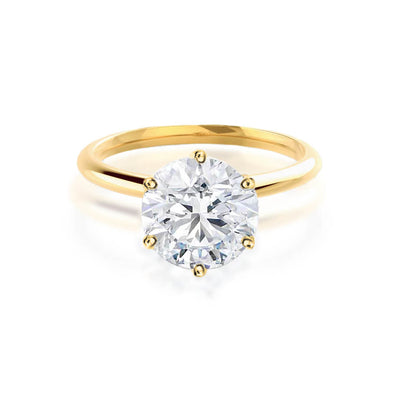When it comes to combining sustainability with timeless elegance, lily arkwright leads the way with its ethical jewelry collection. Known for their exceptional craftsmanship and commitment to environmental responsibility, the brand has carved out a space for itself among luxury jewelry lovers who also care deeply about ethical sourcing. With a focus on lab-grown diamonds and moissanite stones, Lily Arkwright redefines what it means to wear luxury with a conscience.
The concept of sustainable jewelry has gained considerable traction over the past decade, and Lily Arkwright stands as a shining example of how to do it right. Traditional diamond mining has long been associated with environmental damage and questionable labor practices. In contrast, this UK-based brand eliminates those concerns by offering conflict-free, lab-grown alternatives that are not only beautiful but also socially responsible. These stones are chemically and physically identical to their mined counterparts but come without the ethical baggage, making them a perfect choice for the modern, mindful consumer.
Lily Arkwright’s collection is vast and versatile, catering to a wide range of styles and preferences. From minimalist solitaires to intricate halo settings, every piece is designed to highlight the brilliance of the stone while maintaining a delicate balance of form and function. The craftsmanship behind each ring or piece of jewelry ensures that it not only looks stunning but also lasts a lifetime. This commitment to quality is central to the brand’s ethos and resonates with customers seeking both durability and design.
One of the key elements that sets Lily Arkwright apart is its use of moissanite, a gemstone that is rapidly becoming popular as an alternative to diamonds. Moissanite offers incredible sparkle, is more affordable, and has a much smaller environmental footprint. This means buyers can enjoy luxurious, eye-catching jewelry without compromising on their values. For those who still prefer diamonds, Lily Arkwright offers lab-grown diamonds certified by reputable international grading bodies, ensuring transparency and trust.
The brand’s dedication to sustainability doesn’t stop at its gemstones. Lily Arkwright also incorporates recycled precious metals into many of its designs, further reducing the environmental impact of its production processes. The company’s packaging is eco-friendly, aligning perfectly with its mission to offer a truly ethical shopping experience from start to finish. Every detail is considered, reinforcing their position as a leader in the sustainable luxury jewelry market. And learn more about it on DiscoverBlog.
Customer experience is another cornerstone of Lily Arkwright’s success. The brand provides a seamless online shopping journey, complete with high-definition imagery, detailed product descriptions, and expert guidance. Buyers can even schedule virtual consultations with jewelry specialists, ensuring that they make informed decisions. This level of personalized service is rare in the digital space and helps build trust with clients from around the world.
Lily Arkwright is more than just a jewelry brand; it is a movement towards mindful luxury. By embracing innovation and holding firm to its ethical values, the company is reshaping how people perceive fine jewelry. It offers a guilt-free way to celebrate life’s most precious moments, whether it’s an engagement, anniversary, or a personal milestone. The fusion of modern technology and timeless design proves that luxury can be both sustainable and stylish.
In an industry that has often been criticized for its environmental and social impact, Lily Arkwright emerges as a beacon of hope and change. Its ethical jewelry collection exemplifies how elegance and responsibility can coexist beautifully. As consumer awareness continues to grow, brands like Lily Arkwright will undoubtedly lead the way, proving that the future of luxury lies in sustainability.



